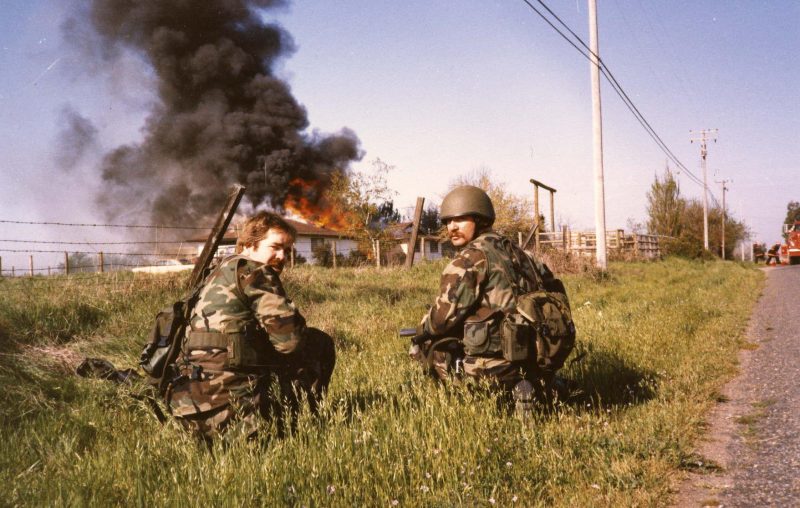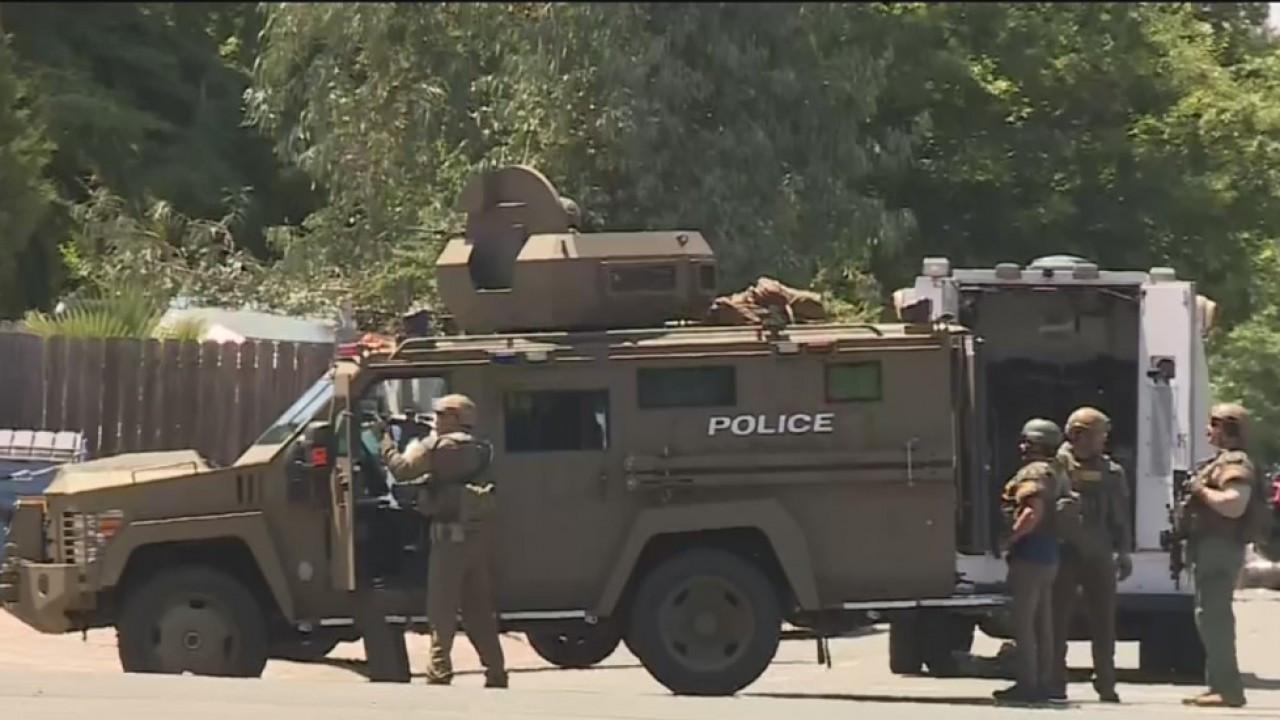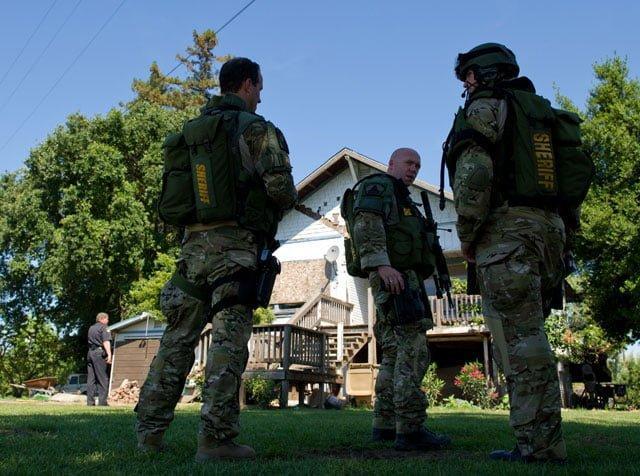The Sacramento County Sheriff’s Department Special Enforcement Detail (SED) is the Department’s elite SWAT unit. The SED is a component of the Sheriff’s Department Narcotics/Gang Division. Their stated mission is to provide highly trained and coordinated special weapons and tactics teams for unusual high-risk and unique events and to provide support to the other units within the Narcotics/Gang Division.
History
The need for a brand-new SWAT unit in Sacramento County comes in 1972 after several incidents. It was founded under Sheriff Duane Lowe as Special Enforcement Detail (SED). It was a group of specially trained and equipped officers able to deploy to high-risk situations. Originally headed by Sergeant Max Davidson, the team consisted of six officers who took it upon themselves to seek out relative equipment and training in the areas of high-risk search warrants, hostage situations, civil unrest and natural disasters.

Selection
The team is an all-volunteer force composed of experienced deputies drawn from various divisions within the Department. All personnel is volunteers who serve on the team without any additional compensation. The team is currently composed of 14 full-time members and 6 Auxiliary members. The full-time members are assigned to the Narcotics/Gang Division and on a daily basis.
Tasks of Special Enforcement Detail
Their assignments include:
- Tactical training
- Work on high profile street enforcement
- Serving high-risk search warrants.
Auxiliary team members are deputies who have left the full-time team to go to other assignments. They have prior tactical experience and are required to train with the full-time team twice a month to maintain their abilities and knowledge.
First-responders
Team members are on call to respond to incidents 24 hours a day, 7 days a week. On a moment’s notice, the team could be called on to respond a tactical situation that involves an armed barricaded subject, a hostage situation, or any other high-risk situation that requires their specialized training and abilities.
Training
SED members are trained in a variety of skills including tactical shooting, tactical entry, the use of distraction devices, chemical agents, helicopter insertions, rappelling, fast roping, and other skills. The SED also regularly conducts training with other Sheriff’s Department units such as the CINT, the Explosive Ordnance Unit (EOU), and the Air Operations Unit. They have also trained with the San Francisco PD, the LAPD, and the California Highway Patrol.
Weaponry and gear
The team’s arsenal is well equipped with a wide variety of weapons systems. SED deputies are known to use Sig-Arms P-220 9mm pistols as either their primary entry weapon or as a backup weapon. They are also equipped with the universally popular HK MP-5 series of 9mm sub-machineguns (in both the regular and sound suppressed SD model). Colt M4 5.56mm assault rifles are also issued. Unit Snipers are equipped with the Remington 700 .308 Police rifle. 37mm gas guns, chemical, and distraction devices are also used.
1991 Sacramento hostage crisis
An example of a Special Enforcement Detail successful mission occurred on April 4, 1991, when the SED became involved in what would become the largest hostage rescue operation in US history, not to mention the team’s best-known operation to date. That afternoon four-armed Asian males entered “The Good Guys” electronics store, and took approximately 50 customers and staff hostage. The Special Enforcement Detail, which was in the process of preparing to serve a high-risk drug warrant, along with the Department’s Critical Incident Negations Team (CINT), and other local and state law enforcement agencies responded to the incident.
The SED immediately to up positions around the store, and the CINT began a dialog with the hostage-takers. After several hours of negations with the hostage-takers, their demands and behavior became more and more erratic. They demanded everything from a helicopter to fly them to Thailand to 1,000-year-old Ginseng roots. The only constant demanded they issued was for bulletproof vests.

The hostage-takers then shot one of the male hostages in the leg and threatened to begin executing the remainder of their hostages if their demands were not met immediately. The Special Enfrocement Detail was given the green light to assault the store and free the hostages. During the ensuing assault, three of the hostage-takers were killed and the fourth was wounded.
Three of the hostages were killed, and three others were wounded by the hostage-takers before the SED could free them. Although several hostages were killed or wounded, the fact that so many escaped without injury is a tribute to the skill and professionalism of the Special Enfrocement Detail.





